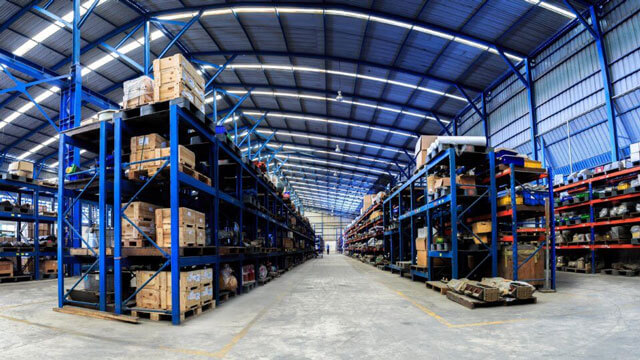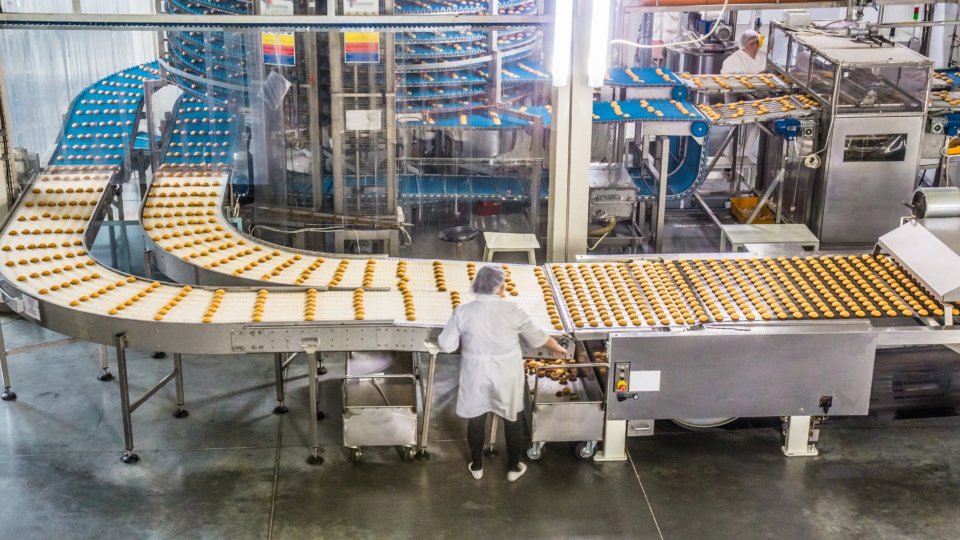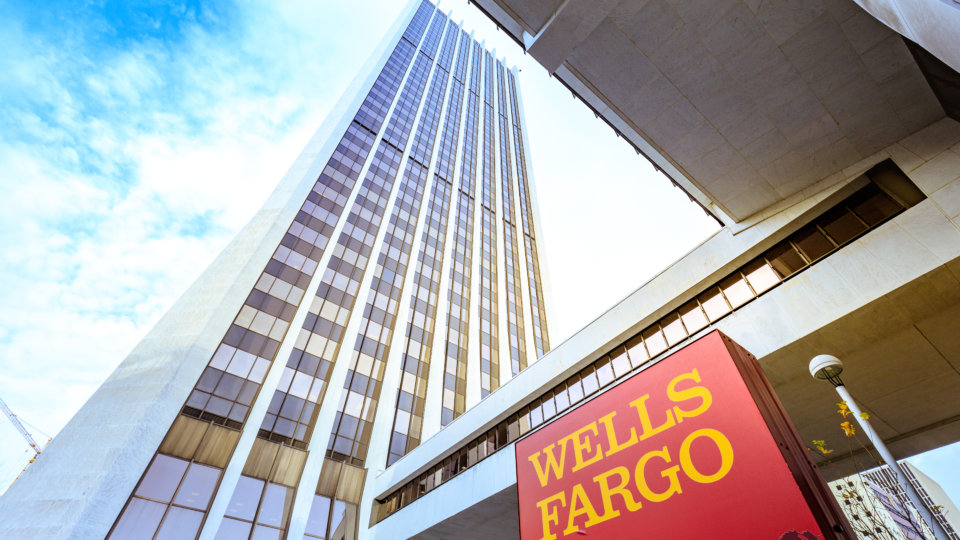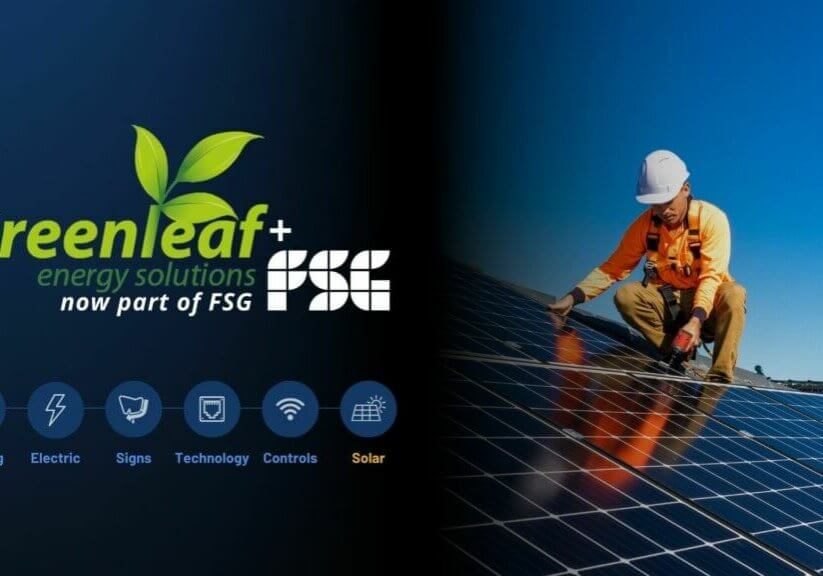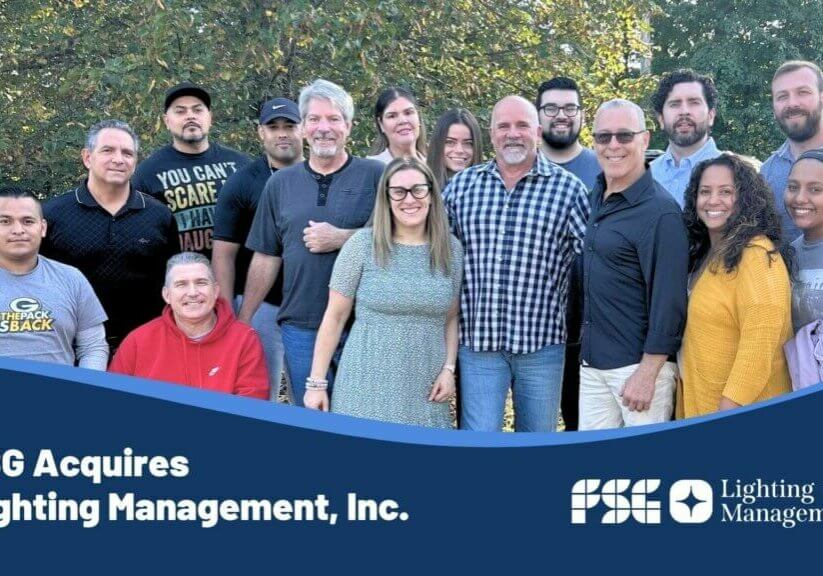FSG & 5G: Faster Deployment of Infrastructure in Spite of COVID-19
Share Article
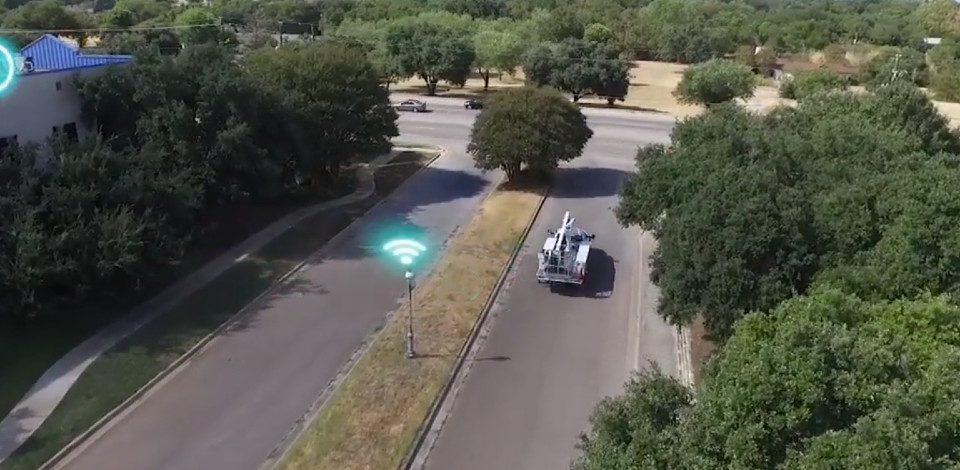
To Chris Durocher, the benefits of starting FSG Telecom were obvious. “In 2018, as 5G technology was just starting to roll out commercially, I saw it and thought, ‘The potential here is HUGE.’”
As an FSG veteran, Chris knew the trajectory we had been following. “It started with lightbulbs and circuits. A few years later, we were running national programs for brands like Walgreens and Walmart. Then, a few years after that, it’s smart buildings, then smart cities.
“FSG has always been pushing more and more toward the forefront of technology and its commercial applications. FSG Telecom was just the logical next step.”
But why? And how?
Building the 5G Infrastructure
Representing the newest generation of digital cellular technology, the 5G standard is a massive step up from existing 4G networks. The most immediately recognizable (and useful) feature of this new tech is the greatly increased bandwidth it offers.
Higher bandwidth means higher download speeds for users; much higher, actually. 5G will eventually handle wireless downloads of up to 10 gigabits/second. How big an improvement would that represent? Compared to the average download speed in the US in 2018 (~94 megabits/second), 5G could ultimately be as much as 1,000% faster than current 4G networks.
By 2024, forecasts predict that there will be around 1.9 billion 5G subscriptions worldwide.
“The greatness of 5G is its ability to support a huge number of devices,” Chris explained. “With that bandwidth, not only can families all do data-intensive things all at once, but the internet of things also becomes much more viable.”
Gartner predicts that sales of 5G-enabled smartphones are about to take off: The firm says 5G devices will account for 12 percent of mobile phone shipments in 2020, and that they will make up 43 percent of device shipments in 2022.
So, what’s the catch? Infrastructure.
“Each 5G tower has about 20 to 50 [support] nodes around it. Those nodes all need to be wired into the main tower. Think of it like spokes coming from the hub of a wheel,” Chris explained.
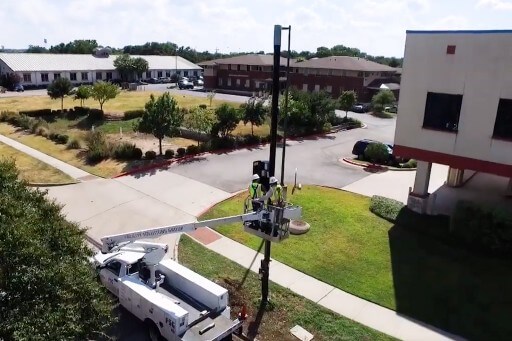
Each support node that interacts with a main 5G tower is part of the critical 5G infrastructure. Across the United States, and around the world, the race is on to connect more of these nodes to more towers, and expand the 5G’s coverage footprint.
“The problem now is human bandwidth.”
Chris Durocher, FSG Telecom
“Because of the pandemic, permitting times for these nodes has gone through the roof. It takes weeks or months to get a single node in place now, said Chris.
“That’s just not good enough.”
Solving the 5G Expansion Slowdown
Every 5G support node requires three things: a pole, power, and fiber. As wireless providers began to roll out 5G in 2018 and 2019, they used subcontractors to put their nodes in place.
““What we found was these subcontractors could never handle the entire process. They could do maybe the power, or maybe the pole, or maybe the fiber, but never all three. As a result, and with the insane wait in permit times, the expansion of 5G was really slowing to a crawl.”
Chris Durocher, FSG Telecom
This realization became even more evident once COVID-19 set in. What was previously a slow process became slower.
What did FSG do to solve the problem? The same thing we always do: turnkey projects.
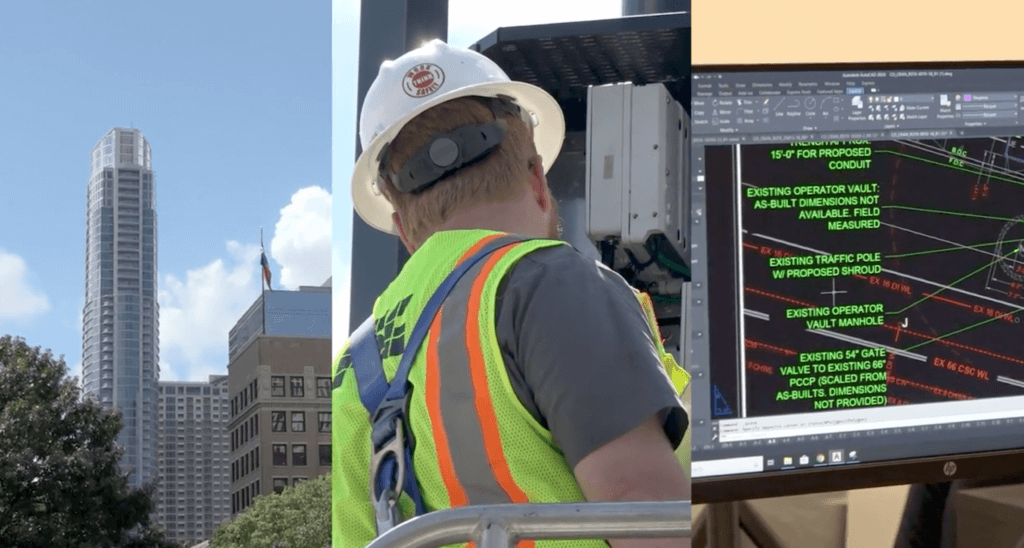
“At FSG, we have the teams, the experience, and the resources to do everything necessary to put down a node. That’s what we presented to customers like AT&T and Verizon: we said, ‘Our crews can do everything necessary to put that node in place, including permits. No need to waste time with subcontractors who can only do one thing.’”
5G Construction & Permitting
Because FSG has teams of construction experts, we design and engineer nodes that are buildable. All the efforts made to consolidate the process, while still delivering impeccable quality, paid off in a big way.
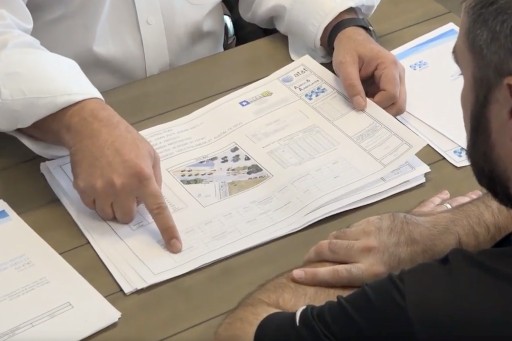
A permitting process that usually takes up to 10 weeks to approve a single node has been whittled down to just one week.
Next comes physical construction and placement. Once again, thanks to the wide variety of expertise wielded by FSG teams, we were able to achieve remarkable numbers.
“Permitting and construction is often not a fast process,” Chris said with another grin. “That said, we found it was taking most of our customers as much as 12 months to actually design, build, permit, construct, and connect a support node.
Between the inability of the subs to handle more than one aspect at a time, and the ongoing pandemic, the entire process had become disastrous.
“FSG was able to reduce that time from 12 months, all the way down to two.”
How Turnkey improves Customer Experience
Turnkey projects — where FSG takes complete responsibility from start to finish — are the hallmark of FSG service.
Our many disciplines under one roof enable us to take care of things other contractors have to hire out to handle. By consolidating all that effort, we give our clients a single point of contact they can use to stay informed, make changes, and ask for help.
It’s that efficiency that allows FSG to serve clients the way we do.
“We can help — we are helping — some of the world’s biggest wireless providers give their customers an even better experience.”
Chris Durocher, FSG Telecom
At the same time, we’re taking the pressure off by shortening the time-to-market for 5G. Third, we ease stress by massively simplifying the amount of work our clients need to do.
“FSG Telecom just makes sense to our clients. We save them money and headaches, and we’re helping them serve their customers better. It really is ‘wins’ all the way around.”
To learn more about FSG Telecom, you can visit them at FSG Telecom. You can also call our Guide Center at (512) 615-6615. We would love to help!




